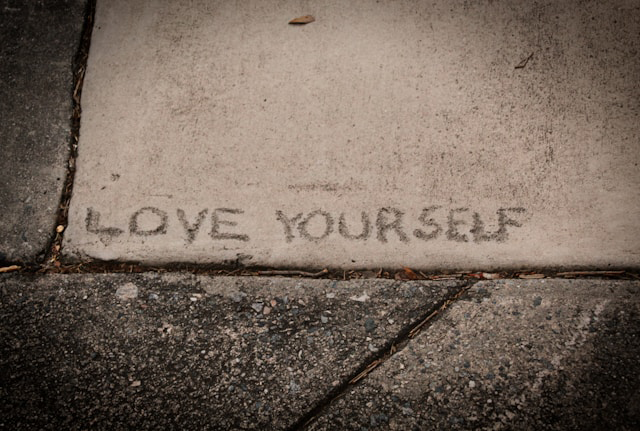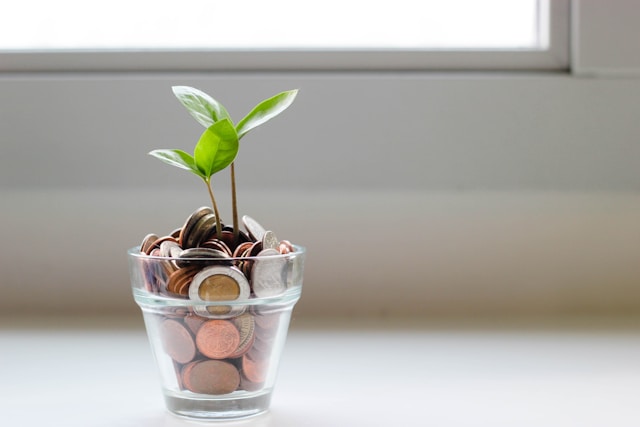Believing in oneself, in our capabilities, loving ourselves, that’s self-esteem. It does not depend on what other people think about us; it only depends on how (and what) we think about ourselves. People who suffer from low self-esteem (and low self-esteem is a real illness, a disease) are constantly seeking for approval of other people, there in the outside world. Of course everyone wants to be approved, loved and even admired by those around us. But we have to start by loving ourselves, and respecting each other internally.

Be strong. If we always try to impress by pretending what we are not, if we desperately seek applause or consent, if we need approbation of others, all the time, because otherwise we get depressed and let ourselves down, is because we lack sufficient self-esteem. We must not use appearances to hide our weakness and our lack of faith. It is as if beneath the tinsel we secretly know that our underwear is old, dirty and worn. That will also be perceived by our peers, and an x-ray machine is not needed to find it out. The feeling of worthlessness is transmitted. Because if you do not love yourself, no one will love you, and if you think you are worthless, other people will think it too.
Low self-esteem is a new concept in psychology, and its use has become commonplace, everyday, is the talk of the world. It might lead to real painful, dramatic suffering. An internal emptiness produces low self-esteem, inner loneliness, feeling nothing. To compensate for this deficiency some people try to link up with people they consider important and cool. Others flaunt their economic power, or knowledge, or of the trips they’ve made, or their acquired properties. No matter the mask, low self-esteem cannot be hidden. Think about all that people who seemingly had it all and ended painfully… they lacked the main thing: self-esteem, and they’ll need to follow the path of self-esteem.
Read more

